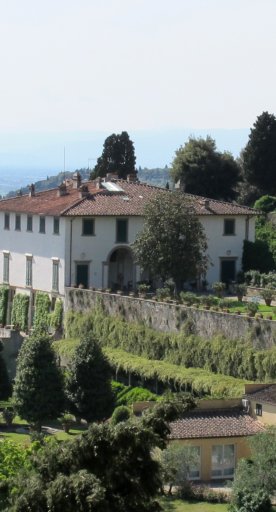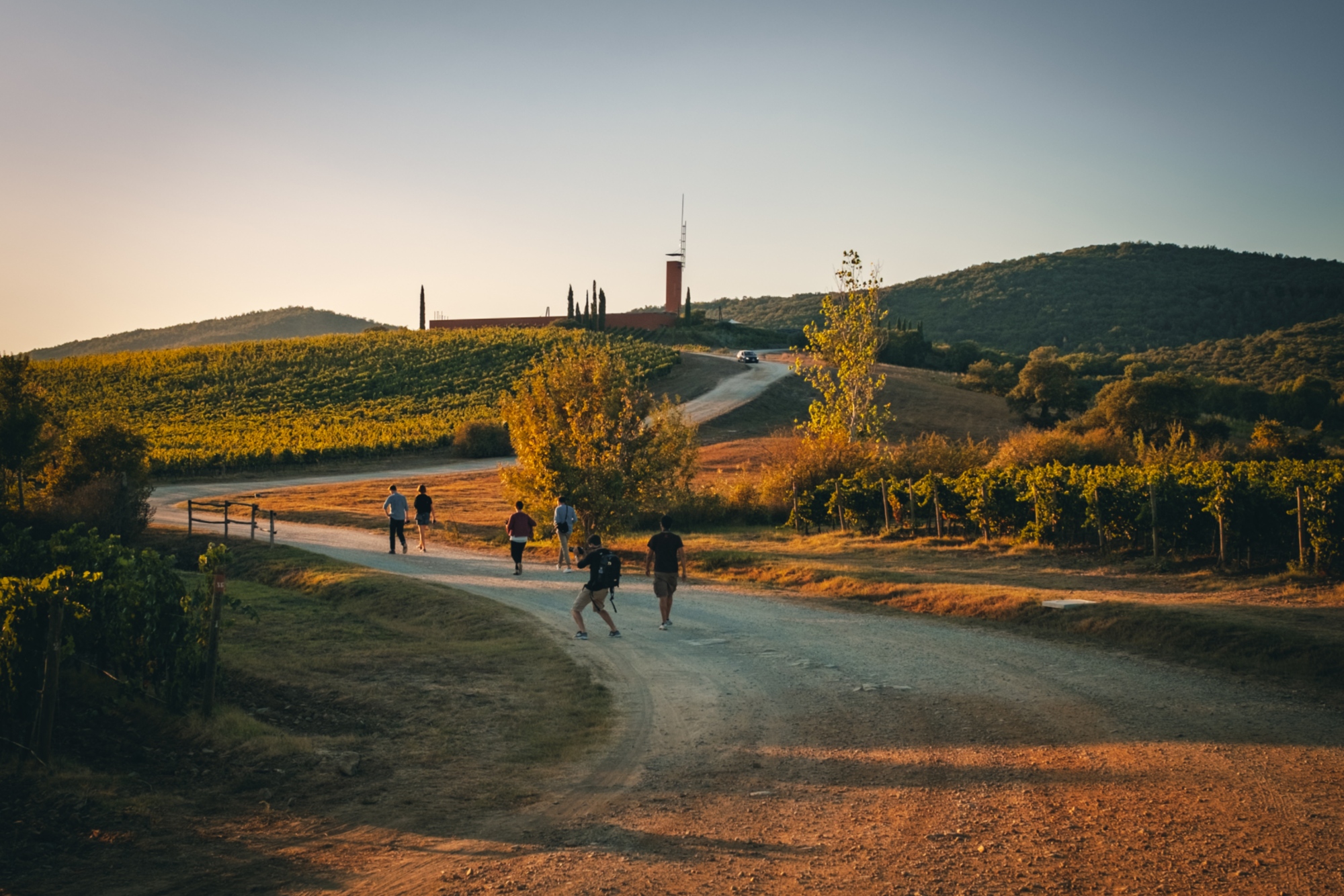Castiglion Fiorentino and the Etruscans
Discovering the Etruscan population through archaeology
Castiglion Fiorentino, a well-known medieval town that lies between Arezzo and Cortona, is documented as a fortified hamlet from as early as the tenth or eleventh centuries, when it was known as Castellione Aretino. But the town possesses a wealth of history that goes back even further, as evinced by numerous archaeological finds and architectural structures, not least the massive town walls and the equally imposing citadel. First and foremost, though, it interests us as the Etruscan epicentre of the Valdichiana.
The town, built on an isolated hilltop stretching between the valleys of the Clanis and the Chio, continued to develop over the centuries as a result of its strategic position. The ancient centre that corresponds to today's Castiglion Fiorentino, situated on the territorial boundary between Arezzo and Cortona, dominated not only the direct routes towards the north but also the transversal connection routes towards the Valle del Nestore (Trestina–Fabbrecce) and the upper Valtiberina. Studies conducted in 1988 identified an Etruscan town that flourished primarily between the archaic and the Hellenistic ages.
In this article, we point you in the direction of various sites and places of interest, to help you get to the heart of the Etruscan people in the Castiglion Fiorentino area.
-
1.Church of Sant'Angelo al Cassero: the crypt
-
2.Digging up the Etruscan temple
-
3.The Etruscan Gate
-
4.The Underground Way
-
5.The Town Archaeological Museum
Church of Sant'Angelo al Cassero: the crypt

During the restoration of the church, different alignments of the walls were discovered in the crypt, but all of them characterised by large, square blocks belonging to the old circuit of Etruscan walls and dating from the fourth century BC. Two showcases display the Etruscan finds, whether Archaic (in bucchero and impasto) or Hellenistic (grey and black-painted ceramics), that have been discovered on the site, as well as the lid of a cinerary urn with an Etruscan inscription (third century BC).
Digging up the Etruscan temple

Archaeological excavations have unearthed a shrine that lies on a north-south axis, is built to a rectangular plan and measures 17 by 22 metres. It bears a strong resemblance to the Etruscan temples that Vitruvius wrote about in his De Architectura. The podium was constructed from great stone blocks, and its pronaos has four columns, arranged in two rows of two, and an access staircase hewn into the rock. The materials used to decorate the roof, which now stands reconstructed in the Museum, date back to the middle of the fourth century BC. The shrine, however, has enjoyed two other stages of life, the oldest finishing at the end of the sixth century BC, and the latest in the second century BC.
The Etruscan Gate

Subfoundations have been identified under the western side of the medieval wall circuit, thanks to the presence of small bumps which betray the threshold and jambs of a city gate, with a ramp that leads all the way back to the Hellenistic Etruscan period. The remnants have been swallowed up by the medieval citadel walls but remain visible; they can be accessed from Piazzale del Cassero by going through the recently reopened Porta Perugina.
The Underground Way

Archaeological digs have taken place in medieval Castiglion Fiorentino’s youngest fortification, which was built by Perugia in the middle of the fourteenth century, and have unearthed defensive walls – older than the bridgehouse – an empty water cistern and medieval compartments affixed to the walls. A short subterranean passageway, which runs under the current footpath, allows a close-up of the remains of the Etruscan city walls and even Etruscan houses from the Hellenistic period, which are buried under the medieval foundations.
The Town Archaeological Museum

The town’s archaeological museum is found in Palazzo Pretorio. Its exhibitions are notable for their unique multimedia systems, which render it all the more informative and educational.
The museum tells the story of Castiglion Fiorentino and its surroundings, which means that it contains archaeological finds from the digs that have taken place in the area. The museum covers five rooms, and each focuses on a certain theme concerning the old nuclear settlement and agriculture that clustered around it. Its chronological scope starts from the Iron Age and goes beyond late Antiquity. It looks at Etruscan bronzes, including the Brolio Desposit; the Etruscan temple from near the bridgehouse, the ancient settlement of Castiglion Fiorentino, both in embryonic and citadel forms; the local agriculture and the site of Brolio Melmone, an Etruscan market town along the River Clanis; and the activities that were pursued in these settlements, such as fishing, spinning, weaving and writing on ceramics.
























































